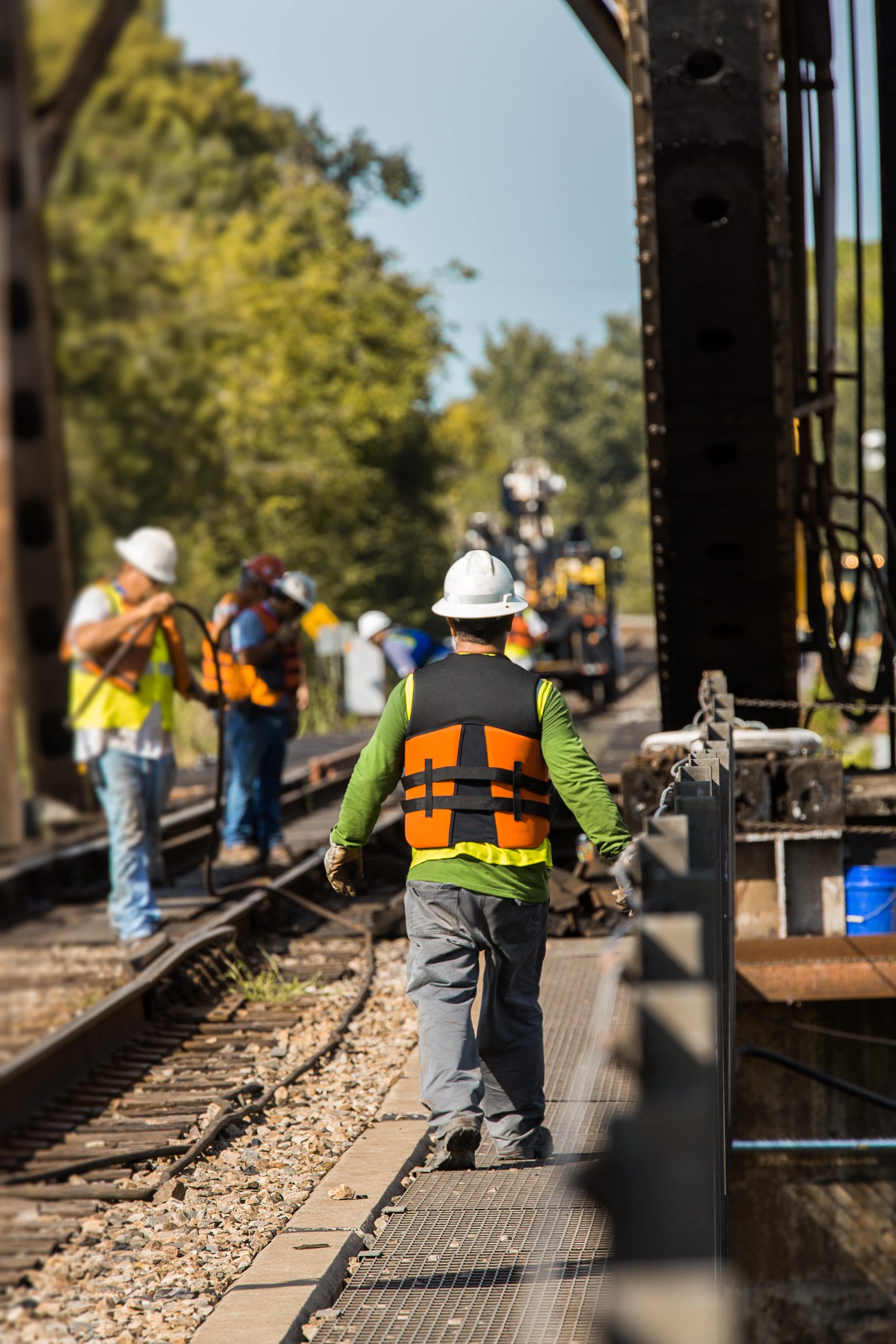The 12 Worst Types Of Users You Follow On Twitter
Understanding Railroad Cancer Lawsuits: An In-Depth Look
Railroad workers face various risks on the task, from the physical risks intrinsic in operating heavy machinery to environmental exposures that can result in major health conditions. Amongst these threats is the increased capacity for developing numerous kinds of cancer, mostly due to direct exposure to carcinogenic substances. This blog post digs into the intricacies of railroad cancer claims, clarifying what victims can do to look for justice and the intricacies included.
What is a Railroad Cancer Lawsuit?
A railroad cancer lawsuit is a legal action taken by previous or current railroad workers diagnosed with cancer, declaring that their condition was a result of occupational direct exposure to damaging substances while on the job. These substances can consist of asbestos, diesel exhaust fumes, benzene, and other harmful chemicals commonly discovered in railroad environments.
Table 1: Common Carcinogens in the Railroad Industry
Carcinogen
Associated Risks
Sources in Railroads
Asbestos
Lung cancer, mesothelioma cancer
Insulation, older brake linings
Diesel Exhaust Fumes
Lung cancer, bladder cancer
Train operation, engine upkeep
Benzene
Leukemia, lymphoma
Solvent usage, fuel exposure
Creosote
Skin cancer, lung cancer
Wood treatment, rail ties
Formaldehyde
Nasopharyngeal cancer, leukemia
Numerous chemicals and adhesives
Victims typically pursue these suits under the Federal Employers Liability Act (FELA), which provides a framework for railroad workers to declare compensation for injuries that occur on the task due to the business's carelessness.
Why Pursue a Railroad Cancer Lawsuit?
Accountability: FELA enables hurt workers to hold their employers accountable for hazardous working conditions.
Settlement: Employees can seek financial damages for medical costs, lost salaries, pain and suffering, and any future medical expenses connected with their cancer.
Awareness: Filing a lawsuit can assist raise awareness about hazardous working conditions and pressure railroad business to improve security procedures.
Table 2: Potential Damages in Railroad Cancer Lawsuits
Type of Damage
Description
Medical Expenses
Expenses of treatment, surgical treatment, and medications
Lost Wages
Payment for time off work
Discomfort and Suffering
Damages for physical and emotional distress
Future Medical Expenses
Anticipated expenses of continuous treatment
Loss of Enjoyment of Life
Payment for the general loss of satisfaction due to the health problem
The Legal Process
Browsing a railroad cancer lawsuit requires several crucial steps:
Consultation: Victims must initially talk to a legal expert who focuses on FELA cases or accident.
Collecting Evidence: Collecting proof is essential. Google Sites consists of medical records, work records, and documents of direct exposure to carcinogens.
Submitting a Claim: The attorney will draft and sue, which should comply with FELA's requirements.
Negotiation: Many cases settle out of court, however if the railroad company challenges the claim, the case may proceed to trial.
Trial: If the case reaches trial, the attorney will provide proof, including expert testimonies, to establish the link in between the cancer medical diagnosis and work exposure.
Obstacles in Railroad Cancer Lawsuits
Regardless of the protective statutes in location, there are a number of obstacles claimants might face:
Proving Causation: Demonstrating that their cancer resulted straight from workplace direct exposure can be complicated, needing expert statement and medical evidence.
Exposure History: Railroad workers frequently alter tasks or work in numerous environments, making it tough to pinpoint specific circumstances of toxic direct exposure.
Time Limitations: FELA imposes a three-year statute of limitations from the date of medical diagnosis or discovery of the illness to file a claim.
Table 3: Frequently Encountered Challenges
Difficulty
Description
Causation Difficulties
Trouble in showing the direct link
Complex Work History
Varied job roles can muddy direct exposure records
Statute of Limitations
Stringent timeframes for submitting claims
FAQ
1. Who can submit a railroad cancer lawsuit?
Just railroad workers who have been diagnosed with cancer due to workplace direct exposure to carcinogenic agents can submit a lawsuit under FELA.
2. How does FELA differ from workers' settlement?
FELA allows hurt workers to sue their company for carelessness, whereas workers' compensation offers benefits regardless of fault, normally without the opportunity for damages for pain and suffering.
3. What types of cancers are commonly connected to railroad work?
Typical cancers include lung cancer, leukemia, bladder cancer, and mesothelioma, frequently linked to exposure to asbestos and other hazardous substances.
4. Can relative of deceased workers file a lawsuit?
Yes, member of the family may file a wrongful death claim if a railroad worker passes away due to cancer related to occupational exposure.
5. Exists a time limit to submit a lawsuit?
Yes, claimants have three years from the date of diagnosis or discovery of the health problem to submit a lawsuit under FELA.
Railroad cancer claims function as an important opportunity for justice for those experiencing conditions intensified by their workplace. While the legal procedure can be complicated, the capacity for responsibility and settlement highlights the significance of comprehending one's rights as a hurt worker. For those facing such difficulties, seeking skilled legal counsel can make a considerable distinction in navigating the complexities of these cases. Understanding the dangers connected with railroading and taking proactive steps can cause a much safer, more liable industry for all workers involved.
